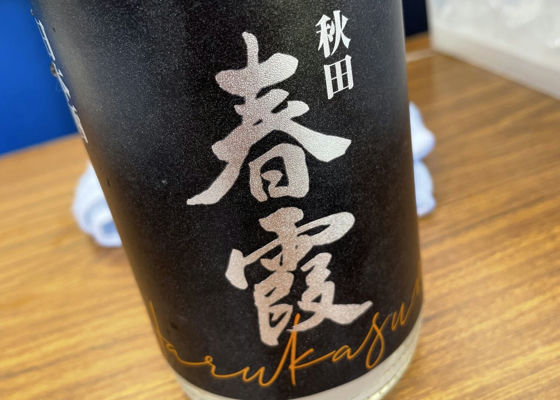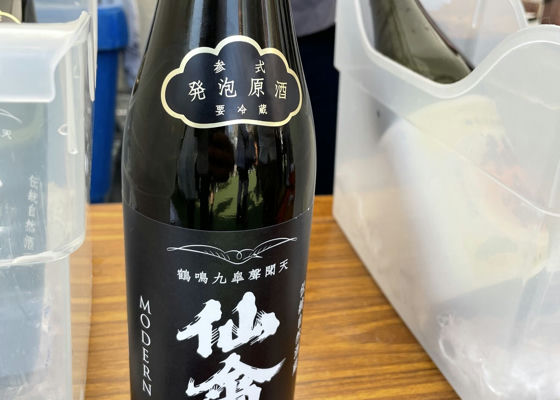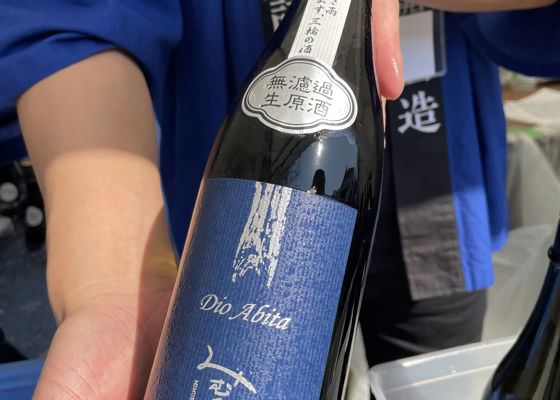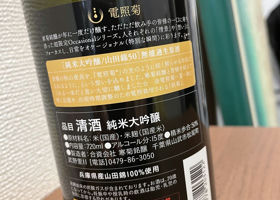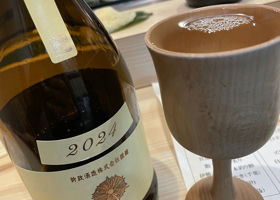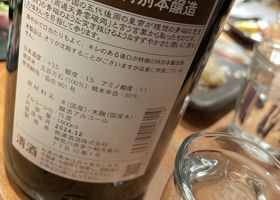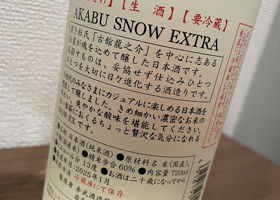
酒記「しゅき」
It is shipped after about six months of low-temperature aging. It has a soft ginjo aroma and a full, rich flavor of Omachi rice. The roundness and depth of the flavor are pleasant. Fruity and aromatic. It does not taste like Capu, but it has the aroma of Capu.
It is dense and cohesive on the tongue. Delicious.
Elegant sweetness like Wasanbon and pear juice.
The full-bodied sweetness can be enjoyed for a long time in the aftertaste.
It remains on the tongue like honey. The sweetness is moderate, so it is elegant and refined.
Japanese>English
